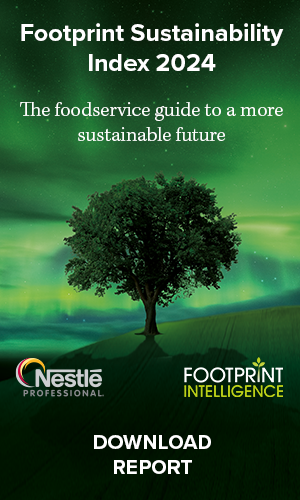AS SUPERMARKETS face pressure to clean up their act in the wake of the dirty chicken scandal, is it time for the government to step in?
Thank goodness a traditional Christmas dinner is turkey. After all, who would want to buy chicken now?
In late November the Food Standards Agency (FSA) found that 70% of the chickens sold in supermarkets tested positive for the presence of campylobacter – a bug that’s been top of the food safety quango’s unwanted list since 2010.
This is dire stuff, as the food policy expert Professor Tim Lang explained in the Guardian: “It is now clear that the food industry and poultry trade in particular have not got a grip of this totally unacceptable situation; essentially they have been continuing to trade while, and perhaps even by, selling contaminated food.”
The news came in the run-up to the retail sector’s busiest time of year and just weeks before the second anniversary of the horse- meat scandal. There are similarities in the two events: finger-pointing and cost-cutting.
It was obvious from the leader in the trade magazine the Grocer that the finger of blame had to be directed away from supermarkets as the lucrative festive season approached. “The FSA’s decision to name and shame retailers based on campylobacter levels in the chickens they sell is ridiculous. As a science- based organisation the agency should know campylobacter is a complex organism … that refuses to conform systematically to high hygiene or procedural standards.” Much like the retailers and poultry trade, it appears?
The consumer group Which? said the supermarket bosses should “hang their heads in shame” following the FSA findings, while industry insiders have claimed that the death toll from campylobacter (each year it infects 280,000 people in the UK and kills an estimated 100) should be enough to prompt immediate action regardless of cost.
Some have already begun to budge, releasing funds for leak-proof packaging and new roast-in-bag products and, in the case of Marks & Spencer, bonuses for farmers who produce farms free of the bacteria. The Grocer may assert that if the UK poultry industry could rid chickens of campylobacter it would be a “Nobel Prize-winning feat”, but has it more to do with economic than academic intervention? Bernard Matthews has a rapid chilling technology that it claims could be the answer to the problem – in trials it cut campylobacter levels by at least 90%. Makes sense, especially at a cost of just a few pence per bird. But retailers are apparently reluctant to commit.
With the horses, price trumped identity. In the case of chickens, it’s price over safety. There are weak links in every part of the chain, and yet the strongest financial link – the supermarkets – refuse to enforce change. Now the government must surely step in. The FSA, its regulator, needs to take some of the blame. It made the bug a top priority back in 2010, but general contamination levels are rising. The food sector has a target to reduce the numbers of the most contaminated birds from 27% to 10% by 2015 – the latest tests showed that 18% of samples tested positive for campylobacter – though in Asda products it reaches 28%, while in Tesco it’s as low as 11%.
Another 2,000 or so samples are being tested up until next month. In the interim the Grocer has suggested an ad campaign is the solution – good kitchen practice must, after all, go hand in hand with supply chain improvements. But this would be a public service ad campaign. Between the start of the horse-meat scandal and 2015/16, the FSA will have had its annual budget cut from £132m to £115m (including £11m for a new devolved Scottish body). The top 10 UK supermarkets spent a combined £44.1m on advertising just in the four weeks over Christmas 2013. However, those waiting for them to open their chequebooks shouldn’t count their chickens.












